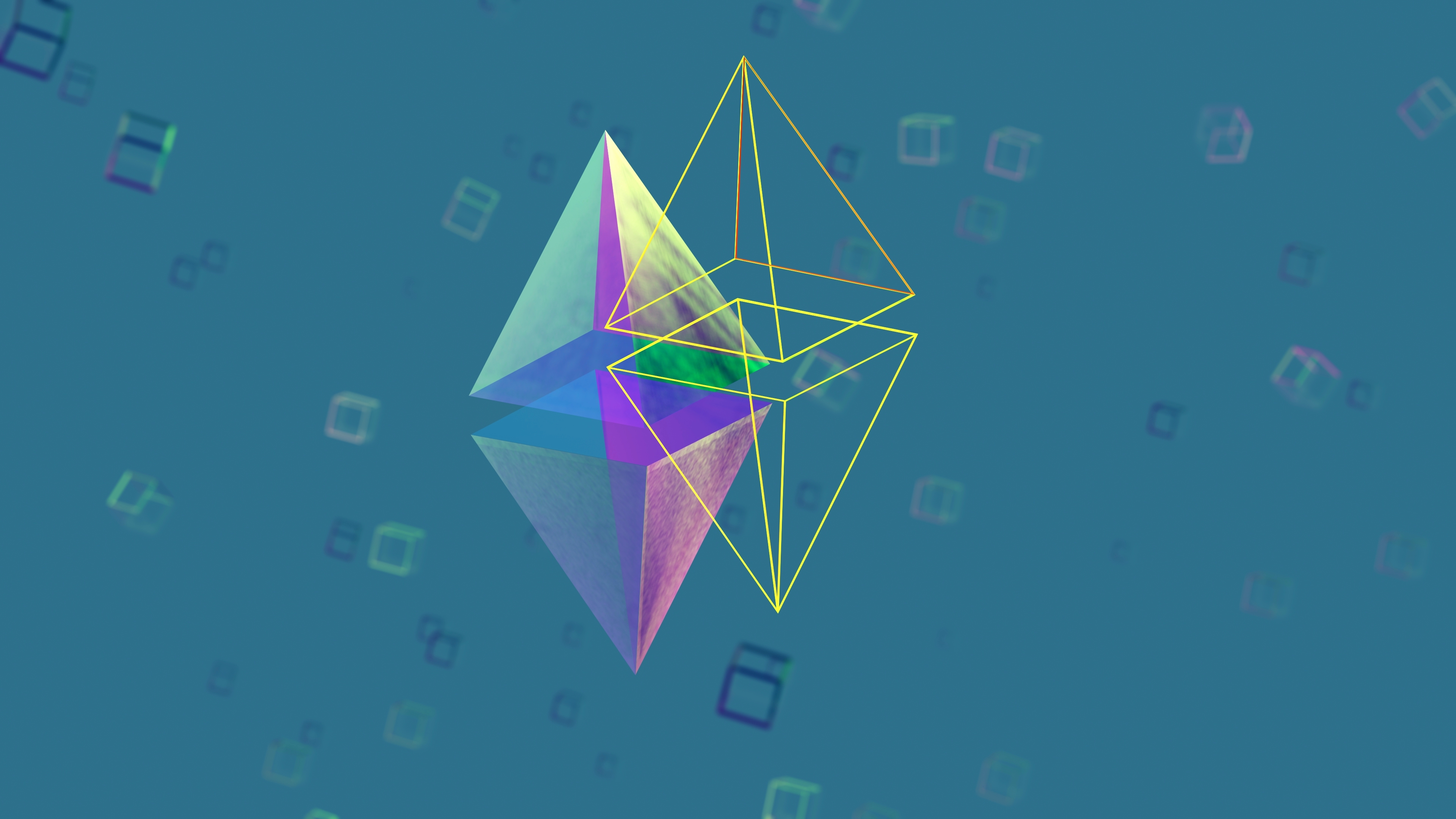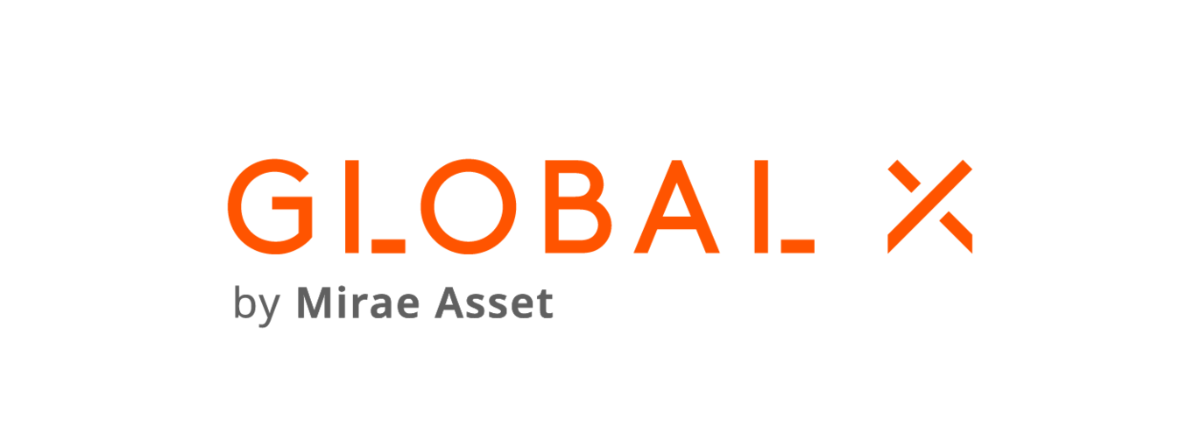Editor’s Note: Please see the glossary at the end for all terms highlighted.
The merge, which refers to the shift in Ethereum’s consensus mechanismfrom energy-intensive mining operations under proof-of-work (PoW) to the more energy-efficient proof-of-stake (PoS), sets the foundation to scale Ethereum while improving the monetary properties of ether (ETH), Ethereum’s native asset.
Prior to the merge, two independent blockchains are running Ethereum code in parallel: the current PoW Ethereum chain (the “execution layer”) and the beacon chain (the “consensus layer”). Launched on December 1, 2020, the beacon chain was Ethereum’s first step towards adopting PoS. The beacon chain established a new system that relies on staking ETH rather than PoW mining to prevent sybil attacks and support consensus on the state of the network. While the beacon chain does not coordinate transactions, it represents the PoS engine that will drive the Ethereum network following the merge. Up until the merge, all economic activity, including the ecosystem of decentralized applications (dapps), occurs in Ethereum’s PoW execution layer.
The merge represents the junction of Ethereum’s current execution layer with the PoS beacon chain, preserving the network’s economic ecosystem and historical data while setting the foundation for improved infrastructure.
In comparison to the energy-intensive and operationally challenging mining process used in PoW, PoS systems require minimal energy consumption. The reason for this is simple: PoW obliges network validators to tie up capital in hardware and electricity expenses to disincentivise malicious behaviour when validating transactions whereas PoS achieves this by requiring participants to post ETH as collateral, a practice called staking. By simply changing the cost borne by network validators from capital expenditures on electricity to the opportunity cost associated with locking up capital, it is estimated that PoS reduces Ethereum’s energy footprint by at least 99%, a key feature in today’s energy-conscious world.1
PoW’s reliance on electricity consumption and advanced hardware introduces significant economies of scale that benefit the industry’s largest participants. As the mining industry becomes more competitive, these economies of scale make it less feasible for individuals to operate profitable mining rigs and participate competitively in network validation.
With PoS, these economies of scale cease to exist as all that is required to participate in network validation is purchasing and staking ETH. ETH rewards are assigned to all participants in proportion to their share of the network’s staked tokens. PoS democratizes network participation as all users are equally compensated for their contributions. This design promotes Ethereum’s long-term decentralization by incentivizing a geographically and operationally diverse group of participants to support the network.
With lower barriers to entry, more users can participate in validating the Ethereum network. And with more staked capital and diverse users, the safer and more decentralised the network becomes. Today, roughly 13 million ETH is locked in the beacon chain staking contract, which means that about 9% of the circulating supply is securing the network via PoS.2 As PoS requires an attacker to control 51% of the staked assets to conduct an attack, current staking numbers indicate that an attacker would need to spend over $10 billion to hijack the network, a strong barrier to break.
Smart contract blockchains must compensate validators for expending resources to secure the network. This compensation comes in the form of block rewards — newly minted tokens issued by the blockchain. Because these blockchains are forced to continually mint new tokens, inflationary monetary policies are common across blockchain ecosystems.
As previously discussed, PoW requires miners to continuously spend capital on electricity, advanced hardware, overhead expenses, and more. Because the costs imposed on network validators in a PoS system are much lower, Ethereum will be able to pay validators less rewards for providing the same level of network security post-merge. The merge thus represents an inflection point in Ethereum’s monetary policy, as the daily issuance of new tokens used to pay for network security will decline by about 90% from roughly 13,000 ETH/day to 1,600 ETH/day. The result is a drastic shift in annualized token inflation from about 4% today to less than 0.5% following the merge.3
In August 2021, EIP-1559 introduced a mechanism that eliminates or “burns” a portion of each transaction’s gas fees from circulation. In effect, as more transactions are conducted on-chain, more gas is burned, and more ETH is permanently removed from circulation. This, paired with the reduction in new token issuance under PoS has the potential to fully eliminate the dilutive effect of new issuance from block rewards if network demand is above a threshold. With 1,600 ETH expected to be issued per day following the merge, ETH has the potential to become deflationary over the long run.4,5
While ETH acts as the money for its native ecosystem, it also allows users to earn yield for providing network security. Following the transition to PoS, generating yield will become a more attractive feature of ETH. Block rewards and transaction fees will all accrue to staked ETH tokens following the merge and will be paid to staking participants in the form of a real yield.
In our view, Ethereum’s transition to PoS gives ETH money qualities:
A store of value asset due to its supply and demand mechanisms
A unit of account and strong commodity within its digital economy
A strongly adopted medium of exchange within its ecosystem
A multi-functional yield-generating asset
The merge enables a path toward Ethereum’s long-term scalability goals: shard chains that support scalability initiatives.
Shard chains increase base layer scalability for Ethereum by splitting the network horizontally into smaller component pieces. This structure reduces the computational burden on the network’s nodes. Instead of storing all blockchain data and validating transactions across the entirety of the network, sharded chains allow nodes to store and access data specific to a small component of the network. Reducing data retention in this way means that validating nodes will be able to be run on cheap consumer hardware, promoting more global participation and network decentralization.
Sharding also facilitates significant improvements to the network’s transactional throughput. In its current state, the Ethereum network’s base layer is only able to process ~10-15 transactions per second. By splitting the network into many component shards, the transactional throughput of the network will grow by multiples. Together, with innovations in areas such as data compression and layer 2 rollup solutions, sharding has the potential to grow Ethereum’s transactional capacity to over 100,000 transactions per second.
According to core developers, however, sharding can only be safely implemented using PoS-based consensus, as sharding a PoW blockchain would significantly decrease the amount of computational power needed to successfully attack the network.
With shard chains made possible with the transition to PoS, the successful completion of the merge marks the true beginning of Ethereum’s long-term scalability plans.
Footnotes
Beekhiuzen, C. (2021, May 18). Ethereum’s energy usage will soon decrease by ~99.95% [Blog post]. Ethereum Foundation Blog. https://blog.ethereum.org/2021/05/18/country-power-no-more/
(n.d.). Contract 0x00000000219ab540356cBB839Cbe05303d7705Fa. Accessed on September 13, 2022 from https://etherscan.io/address/0x00000000219ab540356cbb839cbe05303d7705fa
(2022, September 9). How the merge impacts ETH supply. https://ethereum.org/en/upgrades/merge/issuance/
Watch the Burn. (n.d.). Accessed on September 13, 2022 from https://watchtheburn.com/insights
Ultra Sound Money. (n.d.). Merge soon. Accessed on September 13, 2022 from https://ultrasound.money/
Glossary
Consensus mechanism: Consensus is how the majority of the network agrees on its correct state. Consensus is crucial to the network’s infrastructure because it allows participants to agree on the correct state of the network’s past, present, and future block production.
Decentralised applications (dapps): Decentralised applications built on top of smart contract platforms. Dapps use the infrastructure of distributed ledger networks and are composable with each other.
Staking: The process of locking up funds to secure a proof-of-stake network. As a reward for securing the network, cryptocurrencies are distributed to users who participate in staking when a block is validated.
Smart contracts: Smart contracts are programs that automate the execution of an agreement so that all participants can be immediately sure of the outcome without any intermediary’s involvement or time delay. Smart contracts remove trust concerns in transactions, without the need for third parties. Data feeds, conditions, and rules embedded in the contract trigger a pre-defined outcome executing the agreed-upon terms.
Block rewards: Native rewards allocated to blocks as a financial incentive for validating blocks.
Shard chains: A data architecture solution that consists of two or more chains of blocks. The computational and storage load of a network with shard chains is spread between the shards, processing transactions in parallel, which results in higher transaction throughput.
Layer 2 rollup solutions: Scaling solutions implemented outside of the layer 1 blockchain. Layer 2s solutions ultimately derive security from the mainnet (layer 1). These applications generally process individual transactions in a separate state, and they communicate with layer 1 for settlement in various ways, depending on the type of solution.
This document is not intended to be, or does not constitute, investment research as defined by the Financial Conduct Authority.
The value of an investment in ETFs may go down as well as up and past performance is not a reliable indicator of future performance.
Trading in ETFs may not be suitable for all types of investors as they carry a high degree of risk. You may lose all of your initial investment. Only speculate with money you can afford to lose. Changes in exchange rates may also cause your investment to go up or down in value. Tax treatment depends on the individual circumstances of each client and may be subject to change in the future. Please ensure that you fully understand the risks involved. If in any doubt, please seek independent financial advice. Investors should refer to the section entitled “Risk Factors” in the relevant prospectus for further details of these and other risks associated with an investment in the securities offered by the Issuer.



